For your information
You are being redirected to one of our divisional subsites which contains more detailed information on the required division. To navigate back to the main Invicta Group site, please click the link found in the footer at the bottom of the page.
- Durasteel
Discover the benefits of Durasteel
- Systems
Systems
- Expertise
Expertise
-
Applications
- Aircraft Hangar Fire Protection
- Battery Storage Facilities
- Building Fire Compartmentation
- Anti-Terrorist Blast Protection
- Cable Tunnel Fire Compartmentation
- Equipment Delivery Hatches
- Equipment Enclosures
- Heat Shields
- Power Station Fire Protection
- Metro and Rail Fire Protection
- High Voltage Cable Protection
- Substation Fire & Blast Protection
- Tunnel Fire Protection
- Oil & Gas Fire & Blast Protection
- Ventilation Systems
- Wind Farm Fire Protection
-
Applications
- Projects
- Insights
Insights
-
Articles
- The benefits of passive fire protection for businesses
- What BS 9991 changes mean for building fire safety
- Does the rise in electric vehicle fires pose a risk to buildings?
- What Boeing’s downfall says about safety culture
- Does AI pose a threat to fire safety?
- What we can learn from the Grenfell report
- Frequently Asked Questions
- A to Z of Terms
-
Articles
- Contact
Contact
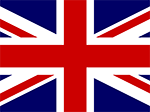
UK +44 1843 220 256

US +1 305 328 9444

UAE +971 4 277 6225

Qatar +974 4441 4340

India +91 79945 14049

Malaysia +60 16 286 6225
- Start your project
What BS 9991 changes mean for building fire safety
21st July 2025
Quick Quote
Contact Fraser Shearer Sarun Vysakham Ben Tan Anand Raghavan Anand Raghavan Our USA Office
To get a quotation or arrange a free site survey - Call Fraser Shearer Sarun Vysakham Ben Tan Anand Raghavan Anand Raghavan Our USA Office on
-
 UK
UK
-
 UAE
UAE
-
 Malaysia
Malaysia
-
 India
India
-
 Qatar
Qatar
-
 USA
USA
Current location:
Quick Quote
Contact Fraser Shearer Sarun Vysakham Ben Tan Anand Raghavan Anand Raghavan Our USA Office
-
 UK
UK
-
 UAE
UAE
-
 Malaysia
Malaysia
-
 India
India
-
 Qatar
Qatar
-
 USA
USA
Current location:
The recent report into the Grenfell Tower fire was a watershed moment in fire safety in the UK, and has led to further discussions about how both legal standards and best practices can be improved to prevent a similar disaster. To this end, the British Standards Institution (BSI) has unveiled its BS 9991:2024 standard, offering vital enhancements to fire safety in residential buildings.
While the new standard will have been in the works well before the enquiry was completed, its contents clearly reflect the earlier lessons learned from the fire, as well as new lessons from increasingly complex modern buildings. The result is a standard we should be proud of—and one that ought to be implemented across UK construction.
What Is BS 9991?
BS 9991 outlines critical guidance for fire safety in the design, management, and use of residential buildings. It ensures that every phase of a building’s lifecycle, from construction to daily operation, incorporates fire protection measures that minimise risks and safeguard lives. This standard serves as an essential reference for professionals across architecture, construction, and fire safety engineering.
BSI standards are set by the British Standards Institute, the national standards body of the UK. They provide standards which individuals and businesses may follow across a wide array of industries, establishing the best way of doing all kinds of work in a safe and efficient manner. Adopting and sticking to a British Standard (BS) ensures that the work you’re doing is being completed in accordance with industry best practices, benefitting the business while also ensuring adherence to UK law.
BSI standards are not mandatory, but they are often advisable. A BS standard provides structure, builds accountability, and adds failsafes when completing complex work, whether this is a large project or the management of hundreds or thousands of employees and assets. The standards combine the latest industry knowledge on how to best achieve specific goals with an innate understanding of legal boundaries, and even areas in which companies may be advised to exceed legal standards.
BSI standards are widely followed in the UK, and a point of reference for others around the world. With the 2024 update, BS 9991 reflects a new era of understanding of building fire safety. These updates encompass essential elements such as fire-resistant materials, evacuation procedures, and the incorporation of advanced safety systems—all aspects that fire safety professionals have been lobbying for in recent years.
What’s changed in BS 9991:2024?
The changes in BS 9991:2024 are somewhat limited in scope, but could have a deep and long-lasting impact on the way buildings are designed, constructed and managed. The changes include:
1. Sprinkler systems and reaction-to-fire classifications
The revised standard decreases the maximum height at which sprinklers can be installed to increase their efficacy, although it does not go as far as to recommend sprinkler installation in all highrise buildings. In terms of building materials, the new standard has updated material classifications based on their behavior in a fire.
In this area, the standard has arguably been watered down, though with very good reason. Previously stringent rules on the use of timber as a load-bearing element of a building have been relaxed, a reflection of new evidence which has come to light about the performance of the material during a fire. This could also lead to improved sustainability in construction with less cement being used, the production and use of which is known to be harmful to the environment and human health.
Updates have also been made to existing provisions on specific areas of a building, including kitchens, external wall systems (such as the cladding on Grenfell), and other ancillary areas. This appears to be a fairly direct response to the causes of the fire and its propagation in the case of Grenfell, but also reflects the changing dynamics of these spaces, which might commonly include smart or battery-powered devices which could be prone to combustion.
2. Evacuation measures and lifts
One of the more interesting and potentially consequential parts of the new standard is the advice on lifts. BS 9991:2024 recommends the installation of evacuation lifts in taller buildings, allowing for rapid evacuation during a fire where the ‘shelter in place’ policy is not in place or seen to be compromised.
The ability to retrofit such lifts into existing buildings should ensure safe and efficient evacuation for those on the upper floors, particularly those with mobility challenges or other health conditions that make it difficult to scale multiple flights of stairs. This is an area where passive fire protection can also be valuable, safeguarding critical evacuation routes and helping to shield lifts and lift shafts as a fire takes hold.
Additionally, BSI 9991:2024 places a limit on how tall a building can be while still using a single-staircase design, such as featured in Grenfell Tower. While such designs are far less common today, the addition of this hard limit to the standard reflects a turning point in design practices away from the ‘acceptable risk’ of a cheaper solution, and towards the safety-focussed approach of guaranteeing multiple points of egress.
3. Residential care homes and specialised buildings
BS 9991:2024 also includes a provision for residential care homes for the first time, demonstrating the unique fire safety challenges in facilities housing vulnerable individuals. This is a thoughtful and welcome extension of lessons learned from highrise fires about vulnerable individuals, and helps to fill a potential gap in lowrise buildings that still face significant logistical issues with evacuation during a fire.
Materials science is also highly relevant here. The amount of soft furnishings and other potentially flammable materials in a care home will be similar to or greater than a normal residential property, which may be out of scope of most fire legislation, and can either have been grandfathered in or modified to fall foul of modern fire safety laws. BS 9991:2024 ensures there is no loophole here, and that care homes conform to the highest possible fire safety standards, utilising our current expertise on fire safety.
4. Fire doors and smoke control
A decision which may be controversial on the face of things is the BSI’s choice to adopt European safety standards for fire doors, superseding current British standards. In reality, this is simply an acknowledgement of the role the BSI plays in importing and learning from other nations in the application of best practices.
One of the roles the BSI plays is translating European and global standards to the UK, bringing them in line with UK laws. In integrating a European standard into its British fire safety standard, it is treading a well-worn path. While it may speak to a need to improve UK law on fire doors, it speaks to the value of effective fire doors—something we offer with our range of 2 and 4-hour fire resistant Durasteel doors.
5. Environmental considerations
BS 9991:2024 also emphasises environmentally conscious fire safety practices. Aside from the easing of restrictions on the use of Timber, the standard also includes new content and updates regarding environmental protection. This is a welcome recognition that, as much as fire safety is important to preserve in the current construction and renovation boom, limiting the environmental impact of builds is equally important. To learn more about the intersection of fire safety in sustainability, check out our article here.
The impact of BS 9991:2024 on building safety
The enhancements to BS 9991:2024 should significantly improve fire safety across residential buildings, particularly for high-rise structures and specialised housing. From better material standards to safer evacuation systems, the changes reflect a proactive approach to safeguarding lives.
At the same time, the changes to the standard reflect a general climate of caution and introspection when it comes to building fire safety. Given that a large proportion of flammable cladding is still in place—and may not be removed until 2029 at least—this is more than warranted. The Grenfell Tower fire was one of the most shocking incidents in recent memory, and exposed clear deficiencies in UK building standards—standards under which the vast majority of buildings today were constructed.
The challenges posed by highrises are somewhat unique, but the reason for BS 9991:2024 going above and beyond in areas such as fire doors and evacuation lifts is evident. While some of the improvements in the new standard apply specifically to higher-risk buildings, many others apply to multiple kinds of buildings. This reflects an approach to safety which is not exclusive in its response to one particular tragedy, but comprehensive in its determination to improve fire safety standards across the board.
—
The Grenfell disaster has left an indelible mark on the industry, but it has also driven meaningful progress. The new BS 9991:2024 standard represents an important step toward ensuring that such a tragedy is never repeated. What’s especially positive however is that it has not just been a tailored response at the expense of other improvements, but a considered update, taking other improvements in fire safety and our knowledge of best practices into account.
As providers of passive fire protection systems, including fire doors, walls, ducts and more, Invicta Durasteel is proud to support the industry’s journey toward safer, more resilient buildings. Our systems are independently tested and certified, and utilise bespoke and low-profile designs to integrate seamlessly into modern buildings, providing peace of mind in the most challenging scenarios. To learn more about our passive fire protection systems, including fire doors and barriers, get in touch with us today.
Accreditations & Affiliations
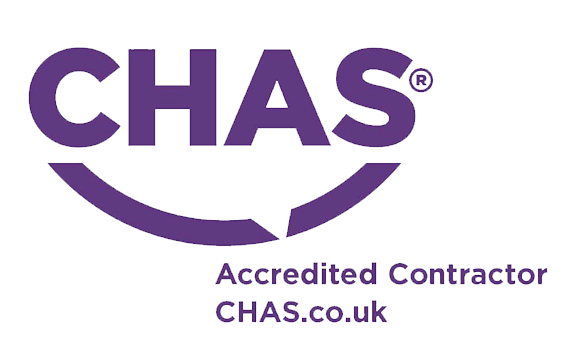
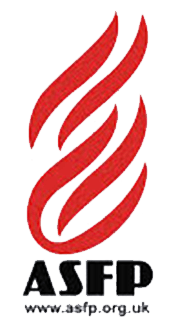
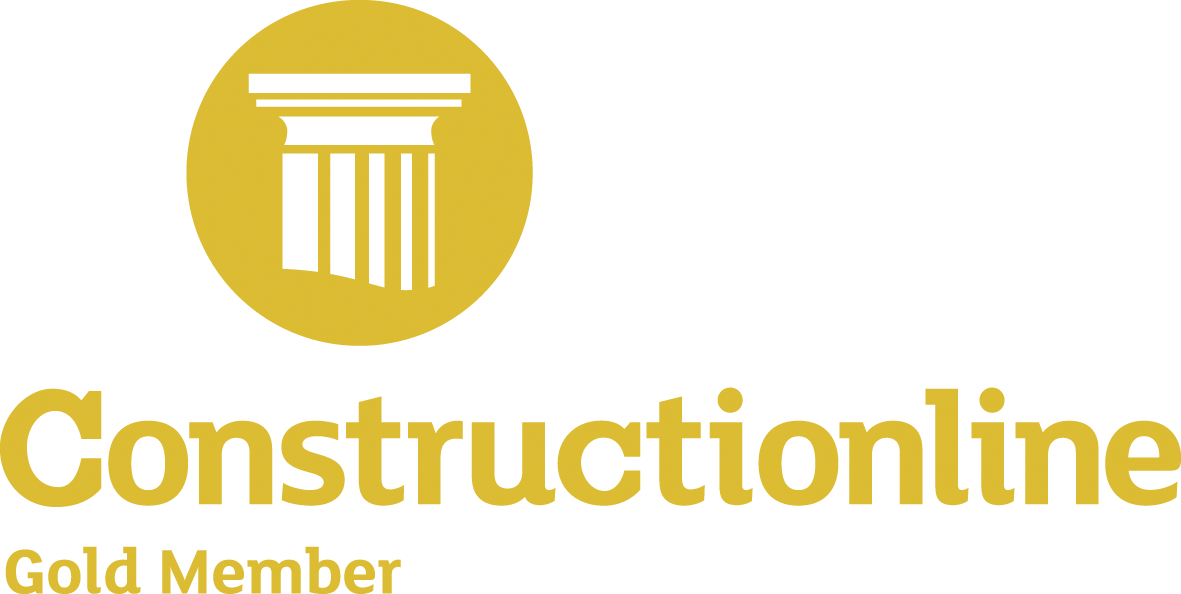




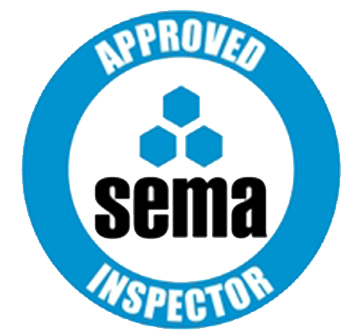



SpecUp - System Specification Wizard
Answer the 5 short questions below to receive your recommended Durasteel system specifications. Hover over the ? icons for a brief explanation.
Question 1/5
Type of system required?
Question 2/5
Fire rating required?
Question 3/5
Fire integrity-only or integrity and insulation?
Question 4/5
Fire attack risk from one side or both sides of the system?
Question 5/5
Blast rating required in addition to fire rating?
Creating your results page
Thanks for completing the SpecUp, you’ll be redirected to your results shortly.
Click here if you aren't redirected after a few secondsStart your project
Tell us about your project. Please complete this form. One of our sales team will come back to you with more details. If you prefer, you can drop us an email.
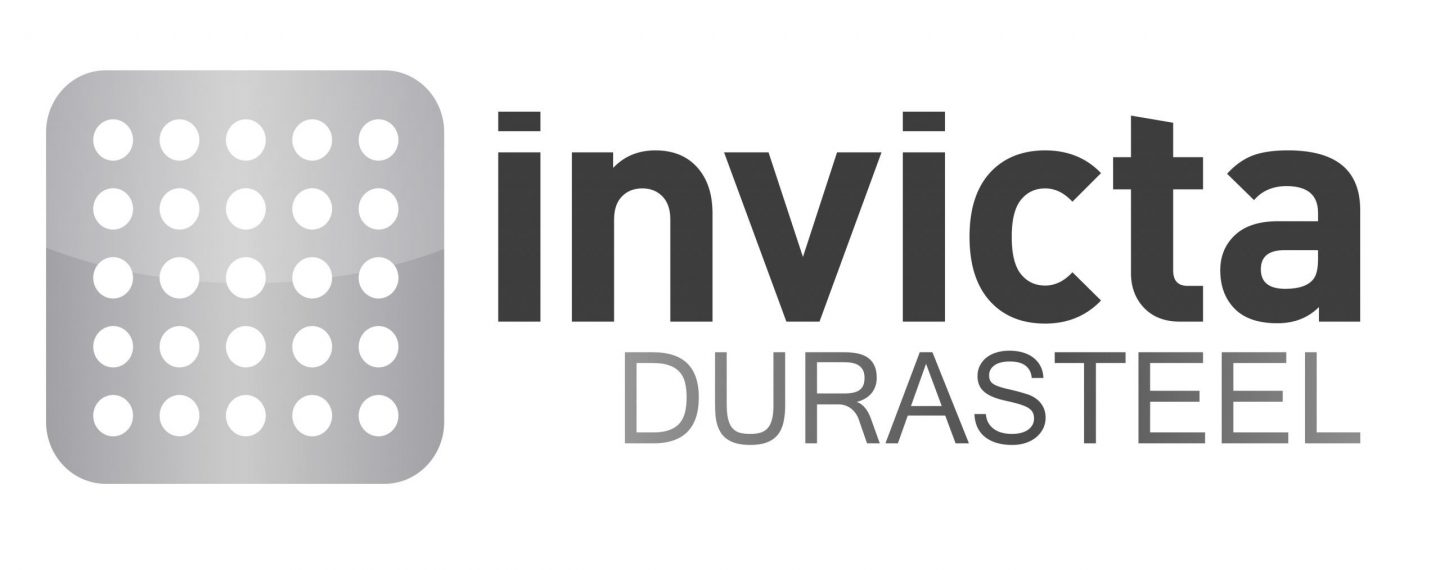

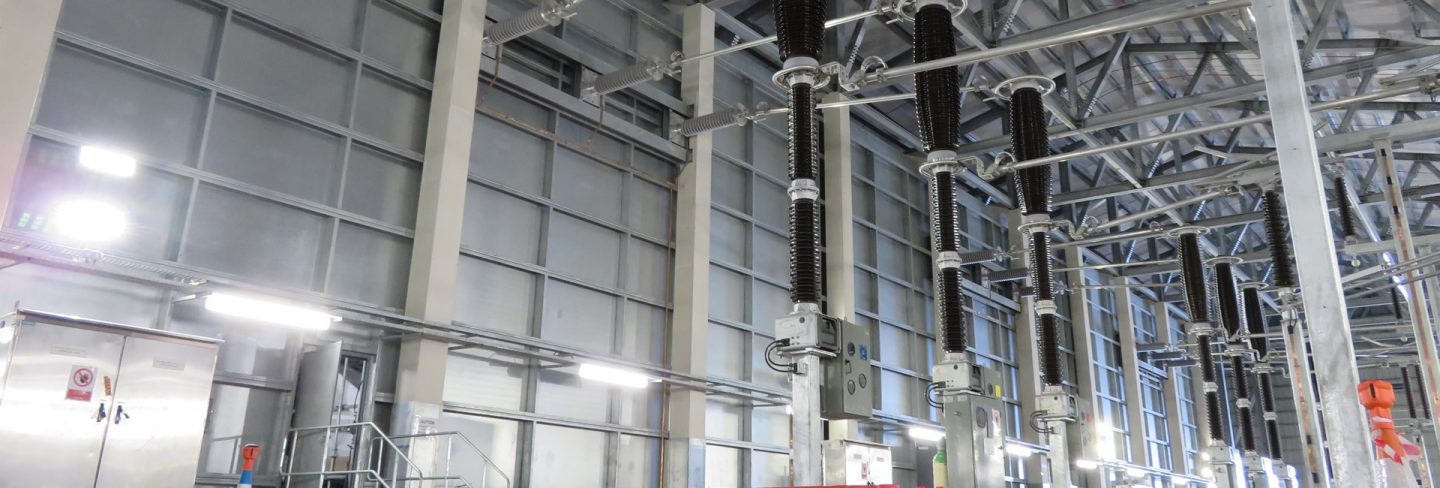

Share/Like this page